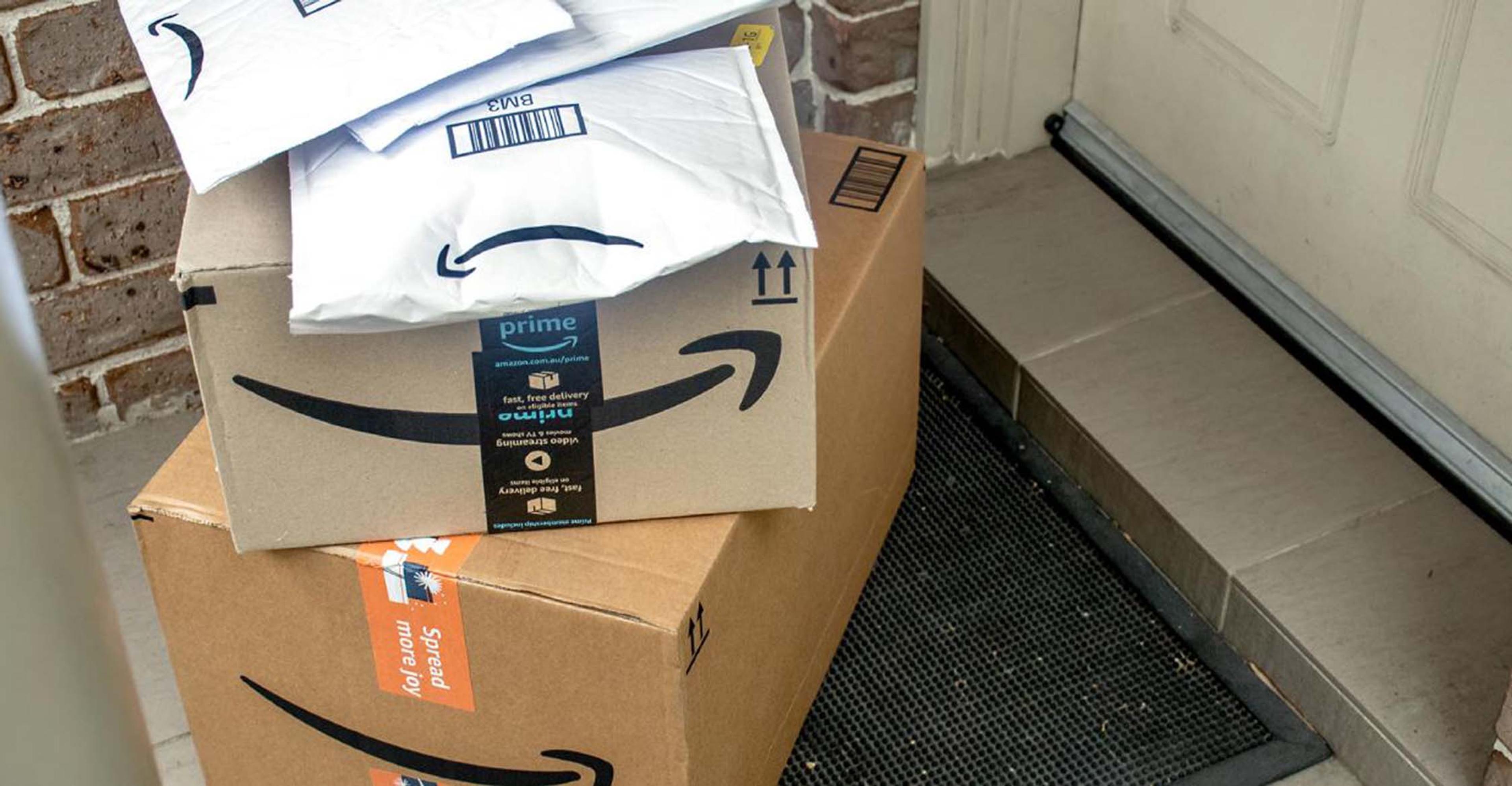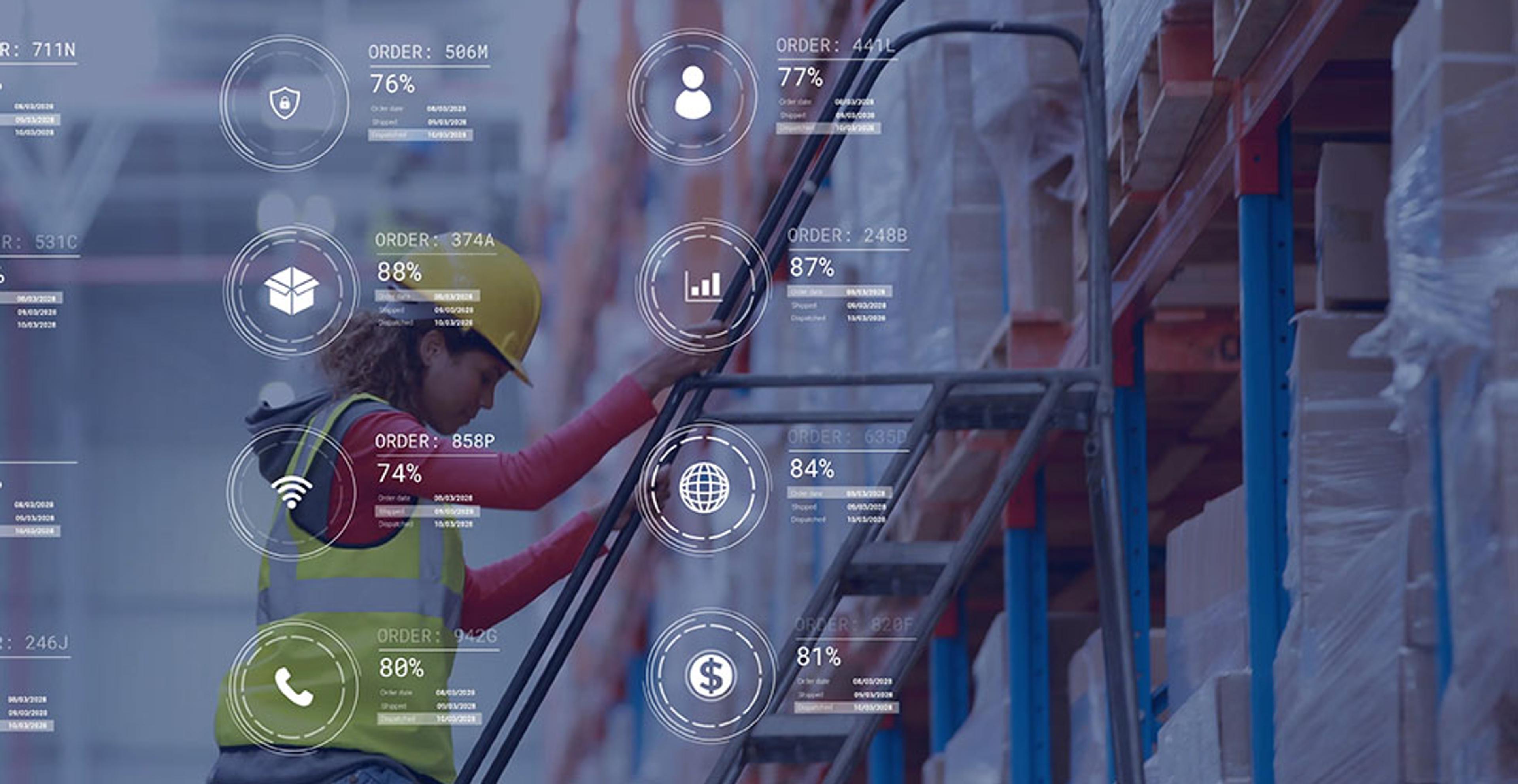High Stakes Competition Between Amazon and US Carriers

No other company dominates quite like Amazon
And now, the company has launched a new service, Buy with Prime, that lets third-party merchants use the retail giant’s vast shipping and logistics network to fulfill orders on their own sites. While likely to remain small during the initial launch, it has the potential to grow into a lucrative service over time.
In 2021 Amazon accounted for 42 percent of all online sales. According to data from 2020, 63% of consumers search for a new product on Amazon (or Walmart) compared to 50% on Google (or Instagram). With seven years and 10 billion deliveries, Amazon Logistics now has 400,000 drivers, 40,000 semi-trucks, 30,000 vans, and a fleet of more than 70 Amazon Air planes. The company is now shipping 72% of its own packages, up from 46.6% in 2019. The other 28% is primarily outsourced to the U.S. Postal Service for rural deliveries and to partner contractors for last mile.
Priming the pipeline
With 200 million plus Amazon Prime customers used to getting their goods delivered quickly, the ante has been upped for retailers all around the world. Having long set its sights on being the fastest in the online delivery race, the company has plowed profits back into physical expansion and grown its fulfillment center and shipping partnerships across the country. To fulfill two-day and same-day delivery in most markets, it has amassed a hefty fleet.
The industry has paid close attention to Amazon’s ever-growing in-house logistics operations. Competing with major carriers like UPS, FedEx, and the USPS, Dave Clark (Amazon’s CEO of worldwide consumer) said last year that they plan to become the nation’s largest delivery service this year. In some ways, Amazon has already turned its massive shipping and logistics operations into a revenue-generating machine to dominate as a carrier. Third party sellers services for the company, including commissions, fulfillment and shipping fees, along with other services, grew 11% year over year to $30.3 billion in Q1.
Non-retail operations aside, the ecomm giant has been focused on monetizing its relationships with other merchants for some time. The company recently shut down much of its brick-and-mortar stores with exception of its Whole Foods locations. They doubled their fulfillment network in 2021, signaling to market experts that they planned to open up their platform to non-Amazon merchants. The Amazon marketplace is responsible for selling most of the goods available through its site and is a lucrative business due to fees covering sales, fulfillment, and advertising. In just one week’s time earlier this year, sellers faced a 5% fuel and inflation surcharge along with the already raised annual fee. Core retail has been slowing down, so the company is looking at other avenues, like Buy with Prime, to bolster revenue.
Taking fulfillment a step further
Merchants currently using Fulfilled by Amazon (FBA) have received the first invitations to add a button to their site that allows customers to purchase with Prime benefits. Around 94% of sellers use FBA and in 2019 Amazon generated a total of $53.76 billion in third-party seller service revenue. More invitations for Buy with Prime will be sent out this year and will eventually open to any retailer, regardless of Amazon presence. Now Prime shoppers can get two-day shipping from their favorite mom-and-pop Amazon merchants, appealing to a wider consumer base.
The company also already handles orders for products sold on some other websites with its Multi-Channel Fulfillment program. This lets sellers store and ship products using Amazon’s services regardless of whether they are selling on the home site.
Fierce competition
Smaller retailers will be able to tap into the massive Prime membership base and improve what might be sub-par delivery with the promise of two-day or less shipping. Brands that were reluctant to be on Amazon before may find this feature an attractive option. This further push into logistics echoes its long record of leveraging dominance in one market over its competitors. The company has studied the shipping routes of its partners, exploring the economics of population density of urban markets. The denser the population in one area, the more lucrative the route for a big carrier. More packages can be delivered in a shorter amount of time, while at the same time keeping costs down.
Now Amazon’s logistics business handles 5.1 billion packages in the United States per year, incredibly close to UPS’ 5.5 billion. While there is less sharing of data between the two companies, they still rely upon each other to complete deliveries.
Will they or won’t they
Amazon has said it could surpass UPS this year on deliveries in the U.S. and others have echoed that prediction. UPS has grown its revenue by two-thirds since 2014, with a 15% increase last year, and the 100-year old company boasts a more extensive air and ground network than Amazon. However, expert believe that within the next five years Amazon will have a logistics network large enough that it won’t need to rely on UPS or the U.S. Postal Service for package deliveries.
Despite the fierce competition, UPS states that it has a great relationship with Amazon and it was responsible for 11.7% of revenue in 2021 (more than any other retailer). UPS has been strategically targeting areas with a minimal Amazon presence as well as specializing in the delivering of pharmaceuticals and other temperature-sensitive medical shipments. UPS also includes logistics for SMBs without their own warehouses or shipping departments, which could be threatened by Amazon’s new Buy with Prime option.
A high stakes competition between Amazon and US carriers will without a doubt cause shifts in the marketplace. Will Buy with Prime give Amazon the competitive edge it needs to overtake UPS as the leading US carrier?
Amazon Stats:
- Founded in 1994
- 1.6 million employees
- 2021 net income: $33.36B
- Stock market cap: $1.68T (as of 3/31/22)
UPS Stats:
- Founded in 1907
- 534,000 employees
- 2021 net income: $12.89B
- Stock market cap: $188B (as of 3/31/22)



